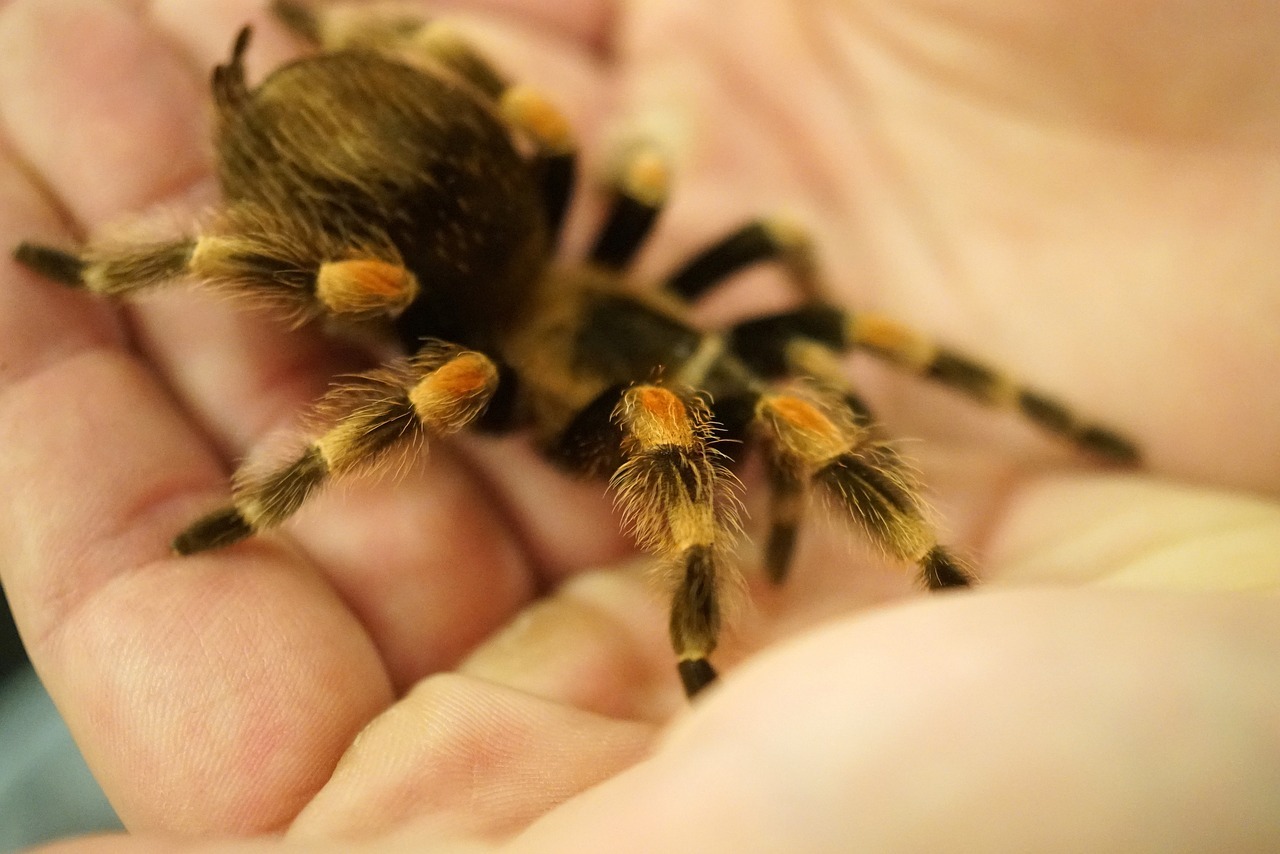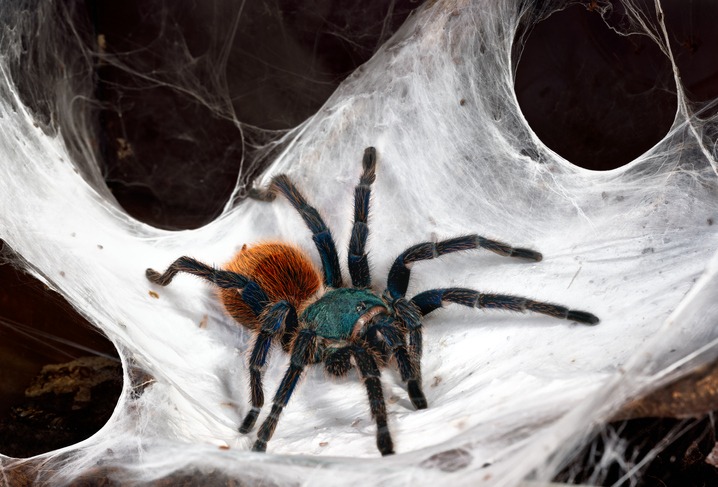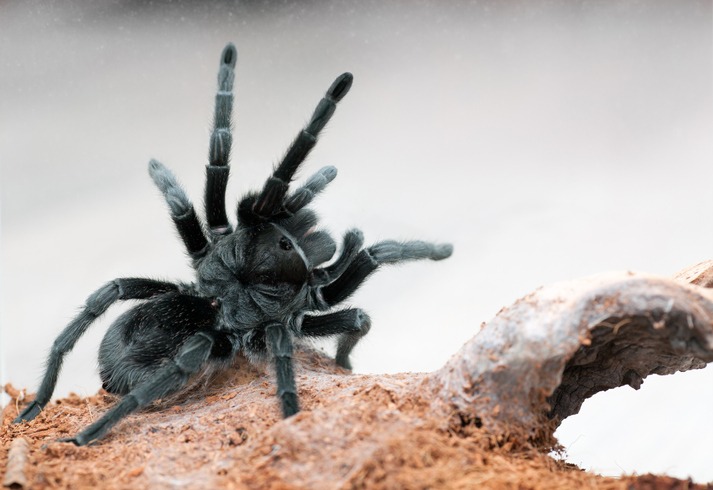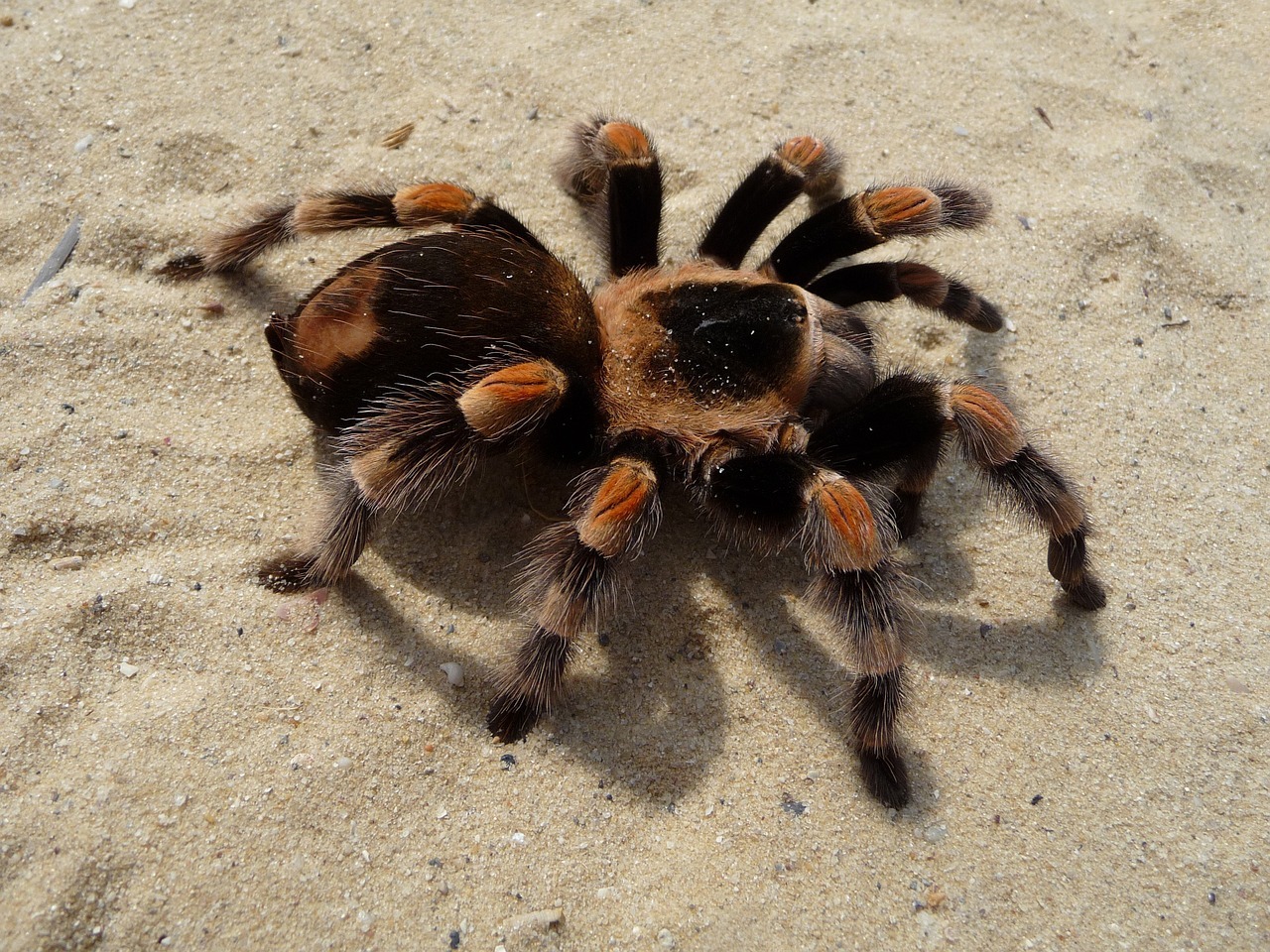Sometimes, you might find yourself in a mood for some quirky partners. Besides humans, animals are your second-best option. But instead of going for normal pets, you may want to opt for a different kind of cuteness: spiders. The name makes many uncomfortable, but unless you have a severe case of arachnophobia, there is no reason for you to hesitate when considering keeping a spider as a pet. Just as the different cat and dog breeds have their own personalities, spiders also have diverse habits and moods. Before you adopt a pet, it is important for you to get to know it, so you can create a healthy bond with the animal and learn to provide for its needs.
Generally speaking, spiders are easier to handle than your other house pets. They are small and don’t take up much space. They are also quiet and don’t tend to wake you up at night by making random noises. They aren’t family animals – meaning that even if you have a single lone spider, you don’t need to be concerned for its social needs. Spiders are simple creatures, so buying one and taking care of it is quite inexpensive. Above all, however, if you are a true spider arachnid enthusiast, the one thing that will definitely pay off is the fun you are going to have while observing the spider. Spiders are fascinating, and it’s easy to understand why people would keep one as a pet.
With that said, there are certain precautions that you should take too. Keep in mind that several spiders are venomous, with some tarantulas being able to flick their hair at you. It is advisable not to try to pick or touch most spiders if you don’t know what you are doing. They may be unusual pets, but with proper treatment, a comfy habitat, and respectful distancing, they make wonderful companions. Before you choose one, check out the spiders listed below to help know which breed is the best for you.
1. Chilean Rose
Chilean rose, which also goes by the name of fire tarantula, is one of the best spider species to opt for if you are just starting. They are a very friendly breed, only requiring that their habitat be warm and humid. Their mood is adaptable to all kinds of circumstances, and they are extremely docile. This also makes them perfect for careful handling. The females can live up to 20 years, and the males usually die around the age of 3 or 4, a few months after mating. Before molting begins, the spider may fast for several months.
2. Mexican Red Knee
The Mexican red knee is the most iconic pet spider out there. They are famous for being cast in films to scare people, but really, they just happen to have a beautiful red and black coloring, and a perfect passive personality. This species prefers a dry and rocky environment. Females can grow as old as 30 years, and the males are limited to 10 years of age. They need to be fed regularly, at least twice a weak. Most of the time, the Mexican red knee is safe to handle, although it is always better to test the mood of the spider by gentling prodding it with a stick.
3. Greenbottle blue
If you are going for looks, the greenbottle blue spider is the perfect choice for you. They come with a unique and polished blue pigmentation, and medium body size, compared to other tarantulas. These lookers prefer to live in normal room temperatures. They aren’t as docile as the ideal pet spider, but they make wonderful patterns with their webs and can easily please the eyes of curious onlookers.
4. Brazilian Black
The Brazilian black is a marvelous species of spiders, having a deep and velvety black color and quite a large leg span of up to six inches. Given their appearance and their submissive behavior, they make for a striking pet. Like the Chilean rose, the females of this species can live for 20 years while the males have a lifespan of only five years.
5. Pink Zebra Beauty
Like some other tarantulas, the pink zebra beauty originates from South America and has a profoundly lazy lifestyle. Also known as a “pet rock,” they have very poor eyesight and prefer to lay low and camp at a single spot. If they are in a good mood, you can even pick them up and rest them on your shoulders. They grow slowly, so it is preferable to get one that has already reached adulthood.
6. Costa RicanZebra
Black with white stripes, the Costa Rican zebra is a deep-burrowing species that prefers a habitat with medium-sized holes where the spider can rest whenever it’s too hot. They tend to come out in the open during the nights when the temperature drops. Unlike the spiders mentioned above, they are capable of moving very fast and can try to run away if startled. However, you can tame them if you take care of them and spend time with them every day. A warm, 10-gallon tank is sufficient for giving them a comfortable home.
7. Brazilian salmon pink
The Brazilian salmon pink is the ideal choice as a pet spider if you are going for sheer size. It is one of the largest known spiders, having a leg span of 10 cm. True, there are larger breeds, but they are difficult to manage, so we recommend sticking with the salmon pink if it is your first time. As the young ones tend to be more active and aggressive, you should buy one that is a sub-adult or older, as they are much more relaxed.
8. Mexican Blood Leg
The Mexican Blood Leg fits in the category of those spiders that you want to keep a collection of so you can simply marvel at their looks. With their dramatic orange and black coloration, they easily steal your attention. They can be easily startled and made defensive if handled carelessly. However, this bearing usually fades as they grow into adulthood. They prefer hot temperatures, with plenty of humidity. The males live for around five years, and the females can last up to 30 or more years.
These were some of the breeds that are best suited to people looking for amiable pets. Even when dealing with these breeds, always be careful not to be rough and uncaring, as it can badly affect both you and the spider. You are keeping them as pets, and pets are to be appreciated just as you would appreciate art. Taking care of these will certainly better prepare you to move on to other, more difficult-to-manage spider breeds.








